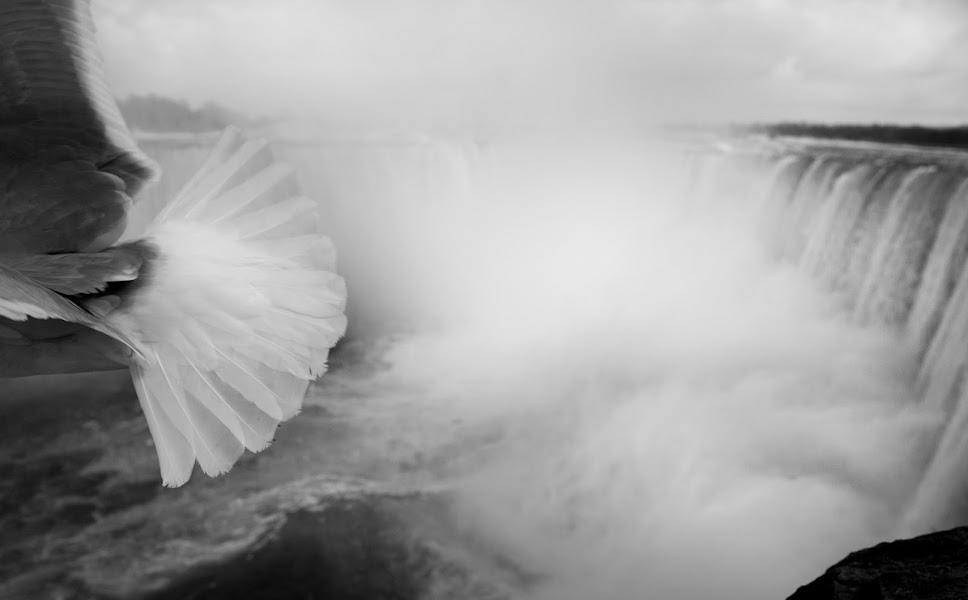This has become painfully evident to me as I chunk away at a large project involving more video than I'm comfortable with.
If you agree or disagree, or find yourself wanting some words to make an argument for one or the other, this post on Duckrabbit may help.
In my opinion the nut of the text in the above link is this,
"With moving video, the viewers eye is centred – broadly, locked to the framing of the video camera. With still images, the eye roams. It stops and moves and stops and moves. Frozen gestures and expressions kick off a cognitive process – thinking – that moving images simply never do.
Something similar is true of good audio. The best audio blends reportage (‘being me, being here’) with the kind of aural cues that make audiences think and wander off down their own pathways while still engaging with the sound.
Put the two together – great audio documentary and great still images – and you have something that is potentially MORE than great storytelling."
This doesn't rule out the effectiveness of video story-telling, but I think it helps the argument that photographers can still (no pun intended) do great story-telling using the skills we already have.
There have been many examples of audio slideshows, produced in FCP or otherwise, being recognized by the industry. Seth, which I produced last year is one example.
Additionally, the pieces for Dementia-Personal Stories of Heart and Mind, were all done with stills and audio.
While many organizations push for more and more video on their websites, I think it is worth pausing a moment to consider that with the resources available at most newspapers, and the primary skills that photographers currently possess, the best choice for quality on-line journalism is still the audio slideshow.



No comments:
Post a Comment